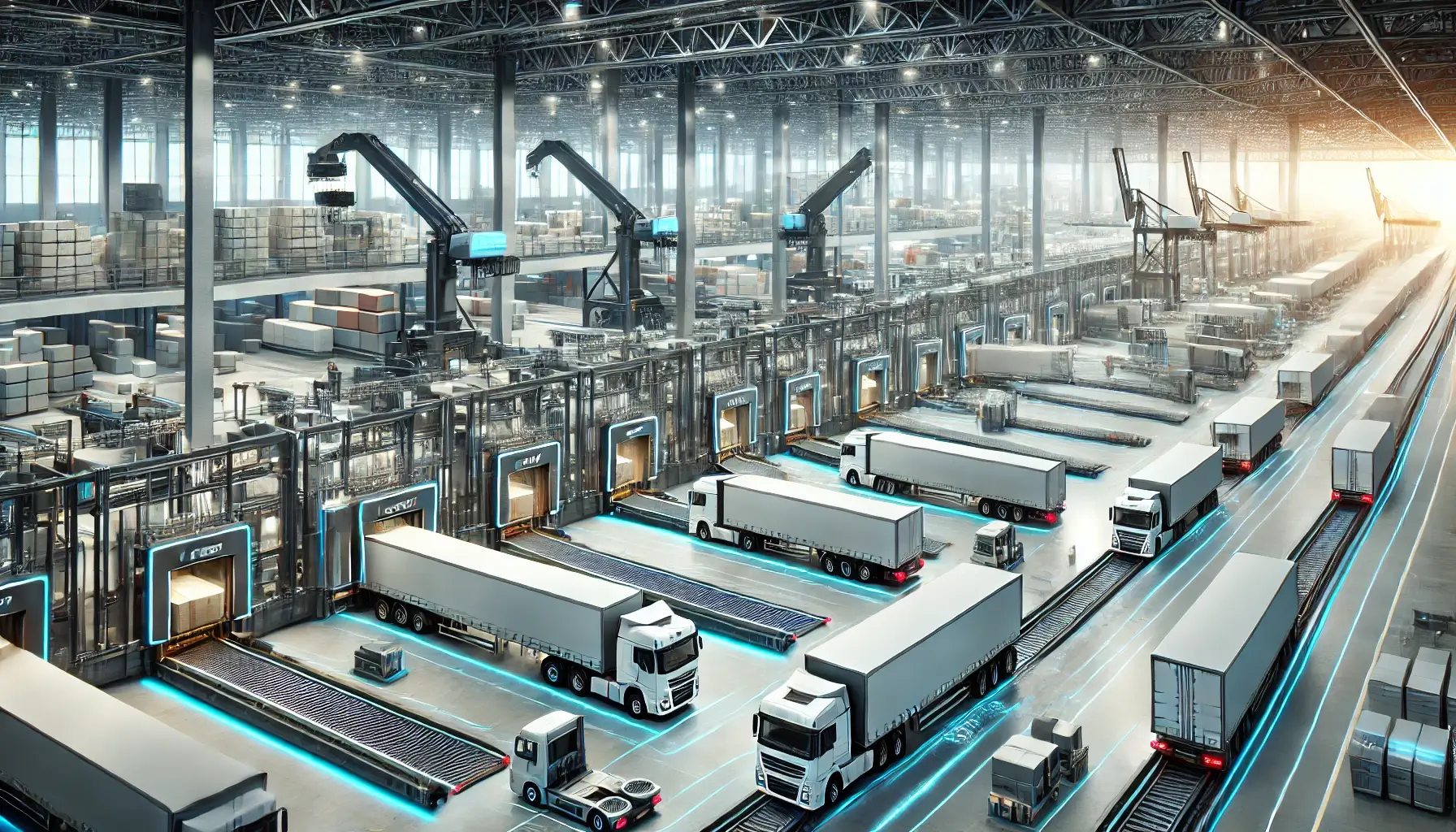Terminal Transportation: What You Need to Know


Terminal Transportation: What You Need to Know
This article explains what terminal transportation technologies are, along with their advantages and disadvantages. Terminal transportation allows carriers to reduce logistics costs. In some cases, it is indispensable when direct cargo transportation is impossible. For example, in the case of consolidated cargo, sorting, grouping, and disassembling can only be done in specially equipped locations – terminals.
Moreover, recent studies have shown that terminal transportation not only optimizes logistics processes. A well-structured logistics chain can reduce CO₂ emissions into the atmosphere and make logistics more environmentally friendly.
What Is Terminal Transportation in Logistics?
Terminal transportation is a type of transport system in which cargo is not transported directly from point A to point B but passes through an intermediate stop – a terminal.
A terminal can be a simple warehouse facility or an entire complex that includes:
- Storage facilities;
- Maintenance centers;
- Bank and insurance company offices;
- Logistics company branches;
- Container terminals;
- Auto service stations;
- Cafes and restaurants;
- Hotels and more.
Some terminals even have customs service departments.
Organization of Terminal Transportation
Terminal transportation follows a standard process, which includes:
- Delivery to the terminal;
- Cargo handling;
- Line-haul transportation.
However, each type of cargo requires an individual approach. Different goods have different handling and storage conditions. For example, pharmaceuticals, veterinary products, and perishable food require specific conditions that differ from those for other types of cargo.
Terminal Transportation System: Pros and Cons
Advantages:
The key advantage of the terminal transportation system is that it is suitable even for small companies. Cargo can be delivered directly to the terminal and shipped from there. Terminals are widely used by international companies as they simplify the customs clearance process. Additionally, goods can be stored at terminals for extended periods.
Disadvantages:
There are two main drawbacks: terminal transportation is usually more expensive and takes longer than direct transportation. However, in some cases, it can be more efficient.

